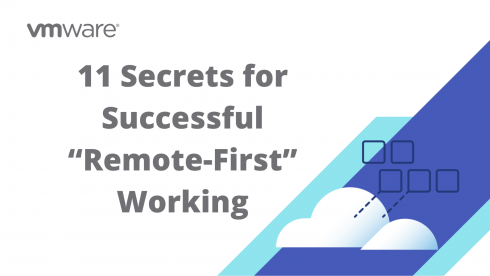DISCLAIMER: this article is older than one year and may not be up to date with recent events or newly available information.
When it comes to technology, employees today expect the same level of convenience, self-service and flexibility in their professional lives as they do in their personal lives. All too often though, these high expectations are not met and instead of IT adapting to the company’s needs, it’s the business users who have to compromise and adapt to the restrictions of IT.
Of course, IT departments are keen to meet these rising end-user expectations, but they also have to meet demands for increasing security, scalability and cost effectiveness. Achieving these seemingly contradictory requirements can be challenging, which is why Deutsche Telekom Individual Solutions & Products has launched its Flexible Enterprise Workplace service to help businesses embrace digital workplaces.
The cloud-based, modular service, available in Germany and increasingly across Europe, enables businesses to embrace this new way of working. They can provide their employees with secure, remote access to corporate resources from any device, boosting employee satisfaction and improving productivity. At the same time, high levels of automation and policy-based controls reduce the management burden on IT team, while preserving the reliability and security aspects required for business critical applications and sensitive corporate data.
The Flexible Enterprise Workplace service is based on a comprehensive VMware solution stack. For example, Workspace ONE powered by AirWatch technology removes the complexities of endpoint management. Regardless of whether devices are Bring Your Own Device (BYOD) or corporate-owned, it provides a single platform for IT to manage all apps and devices, across all platforms including Android, iOS, macOS, Chrome OS, and Windows 10. This frees up significant time for the IT team, liberating them from tasks like building images and chasing down patch reports.
A key feature of the Flexible Enterprise Workplace is the convenient, self-service portal for employees. They only need to log in once (single sign-on) to access any IT application or service, and they can do this from any device. Workspace ONE with App Volumes simplifies the experience of accessing apps, removes the hassle of passwords or complex PIN challenges while improving security through multi-factor authentication.
All the services of the Flexible Enterprise Workplace run from a secure Deutsche Telekom Individual Solutions & Products data center built on a Software Defined Data Center model, leveraging vSphere, vSAN, NSX and vRealize.
VMware and Deutsche Telekom Individual Solutions & Products have worked together since 2005, and the Flexible Enterprise Workplace is another great example of a powerful cloud solution that results from the collaboration.
Category: News
Tags: digital business, Mobility, vmware





No comments yet